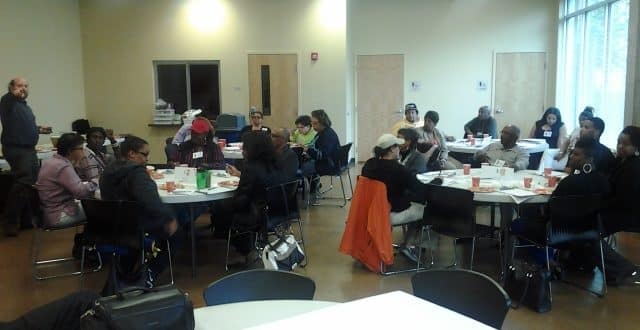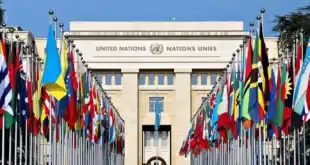In my opinion, capacity building workshops are one of the most overused activities in international development / aid programs today. Normally involving the words “strengthening”, “sustainable” or “empowerment”, these events have the potential to waste large amounts of money and achieve relatively little.
That’s not to say workshops are completely useless, only that people often use them in the wrong way. To avoid this problem, ask yourself these questions before booking your next capacity building workshop.
1. Can the problem actually be solved with a workshop?
I know this might seem like an obvious one, but I have been surprised at the number of times this question has been ignored. Capacity building workshops are supposed to build people’s capacity. That means participants are supposed to learn something – and there are very few things that can actually be learnt well in three days or less (behaviour change and developing skills are more complex and time consuming than the short time frame and format allows).
A UN agency event I attended a couple of years ago is a classic example. They decided to run a one day workshop to teach all their local partners how to do monitoring and evaluation. It was extremely unlikely that anyone was going to learn enough about monitoring and evaluation, itself a complex topic, in only one day. The result of the workshop was as expected… a waste of time and resources trying to ‘teach’ a complex topic.
While workshops feel overused in international development / aid, other types of capacity building such as coaching and mentoring, exchange visits, training and development courses, practical experience, and system improvements are often underused. So before booking the nice hotel and calling the caterer, have a think about whether a workshop is really the right solution.
A workshop might be the right solution if you need to teach people something very specific, like how to use a new report template. It might also be the right solution if you want people to be aware of a particular issue, or to provide an opportunity for them to meet each other and discuss ideas.
A workshop is unlikely to be the right solution if:
- You want people to learn a complex technical skill, like how to do monitoring and evaluation, or design a new program. For these types of problems a full training course, long term coaching and practical experience may be more appropriate.
- You want people to develop a new way of thinking. For example, thinking about their program from a gender perspective or a human rights perspective. Changing the way people think is definitely not something that can be accomplished in a few days. For these types of problems you are likely to need longer term activities, such as mentoring or a series of exchange visits.
- You want to fix a systemic problem. For example, you want local partners to reduce the amount of fraud on their projects. Small group discussions on “strengthening accountability and transparency” are unlikely to be effective in solving an issue like this. You actually need to help them implement anti-fraud systems.
2. What is the best format? (hint: it’s not usually the standard one)
Assuming you’ve decided that a workshop is the right solution, the next question is what the format will be. A typical format might go something like:
- Opening remarks – usually from someone so senior that they don’t bother to stay for the rest of the workshop and are really just there to pick up their “per-diem”.
- Presentations – Often just a re-hash of presentations prepared for other workshops. Usually involve PowerPoint slides and lots of text (even if the participants can’t read).
- Small group discussions – “If capacity building had a sound, it would be flip chart paper turning” (SEAW). Participants gather into small groups to discuss whatever topic is assigned to them by the host. They write their thoughts on a flip chart and then each group presents back to the larger group.
- Panel discussion / plenary – All the experts who presented sit at a fancy table and discuss questions raised by the host or audience.
- Closing remarks – Similar to the opening remarks, but by this stage everyone just wants to leave. The only thing keeping them there is the promise of per-diems at the end.
- Group photo – required as proof that capacity has been built. To be included in the next donor report.
As you can probably tell, I’m not a fan of the standard format. There are plenty of other ways to make your workshop more interesting and effective. Try some of the ideas in Participatory Workshops or use one of the Tiny Tools.
3. Who actually needs to attend, and do they need a per-diem?
Getting the right people to attend an international development / global aid workshop is critical for success. As we discussed in 7 things you can do to help stop per diem abuse, the person who was invited can often be replaced by another person, such as their superior (who might just want that per diem). This is counter productive because the replacement may not be the right person to benefit from the event.
To avoid this it’s important to think carefully about the logistics. If possible avoid paying per-diems and provide all the accommodation, food and transport directly. It’s also important to only accept the people who will actually benefit from attending.
Photo by City of Seattle Community Tech




